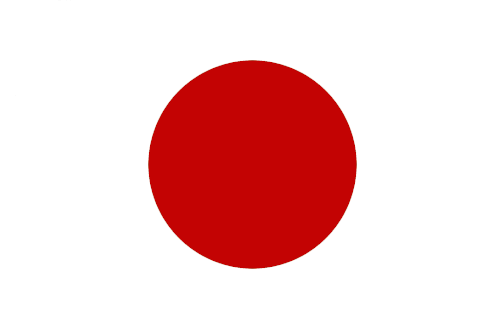
Rogers has recently experienced a 24% drop in its third-quarter profit. Smaller wireless telecommunications providers such as Wind, Mobilicity, and Public are stealing the market with their flexible and cheap monthly phone plans. Rogers, threatened by the new competing companies, in particular Wind Mobile, launched a new unlimited talk and text brand Chatr in late July 2010.

Trouble for Chatr
After Chatr was introduced, Wind and Mobilicity resorted to Ries & Trout’s positioning tip: reposition the competitor. Wind and Mobilicity realized that it had to act before Chatr works the “product ladders” in consumers’ minds and achieve top parity with them. Chatr offers plans that are remarkably similar to Wind and Mobilicity so they recently filed complaints, claiming that Chatr is a ” fighting brand”, which is “introduced by a market incumbent that undercuts a smaller player”. Fighting brands are illegal under the Competition Act. Suspicions are that once the smaller firms, in this case, Wind and Mobilicity, are driven out of business, Rogers will ditch Chatr and raise the prices.
Chatr needs to reassure the public of its position as a brand because as a Chatr customer myself, I am becoming skeptical of the brand and how long it will last.
http://www.financialpost.com/Wind+Mobile+tilts+Rogers+over+Chatr/3606653/story.html
http://www.financialpost.com/Wind+Mobile+tilts+Rogers+over+Chatr/3606653/story.html#ixzz14ntRnvmr








